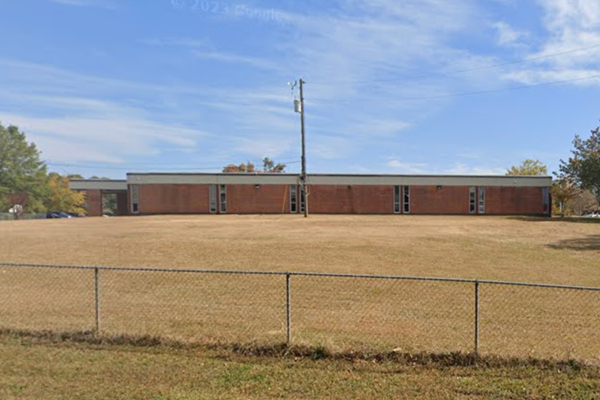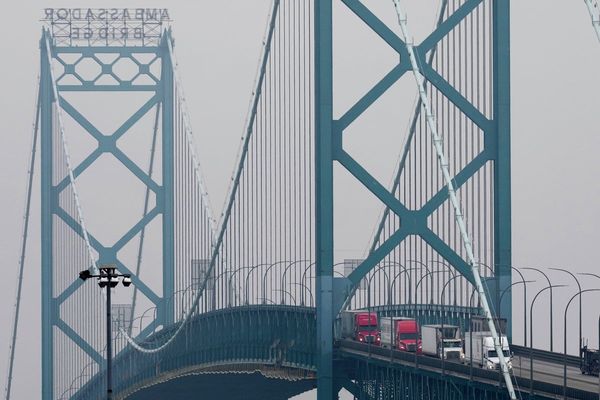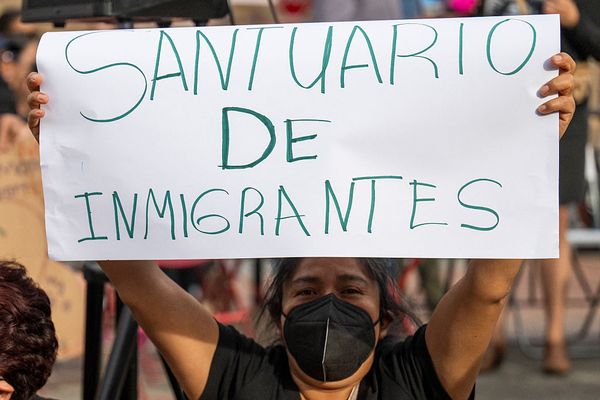
Australia's central bank, the Reserve Bank of Australia, has made the decision to reduce its benchmark interest rate for the first time since October 2020. The cash rate has been lowered by a quarter percentage point from 4.35% to 4.1% at the bank's first board meeting for the year.
This move comes as the nation's inflation has shown signs of cooling, with a modest increase of only 0.2% in the December quarter and 2.4% for the entire calendar year of 2024. This is a significant decrease from the peak of 7.8% two years prior. The bank's objective is to maintain inflation within a target range of 2% to 3%.
The decision to lower the interest rate was widely anticipated, given the recent inflation trends. The bank stated that the reduction was necessary to bring aggregate demand and supply into better balance, following the peak in inflation in 2022.
Despite speculations about further rate cuts, Bank Governor Michele Bullock advised against such expectations, emphasizing the bank's unique strategy compared to other central banks. The next review of interest rates is scheduled for April 1.
Unemployment in Australia remains at near-record low levels of 4%, which has been a positive indicator for the economy. However, uncertainties such as potential tariff increases by the U.S. on trading partners could pose challenges to global economic activity.
The rate cut has been welcomed by Prime Minister Anthony Albanese's Labor Party government, which is gearing up for upcoming elections. Treasurer Jim Chalmers praised the decision, highlighting the relief it would provide to Australian households and the economy.
The central bank's move marks a shift from the previous trend of rate increases, with the current rate being the highest since December 2011. The government's efforts to manage inflation without adverse effects on unemployment and economic growth have been recognized.
As the country prepares for the elections, issues such as the high cost of living and housing shortages are expected to feature prominently in the campaign discussions.







